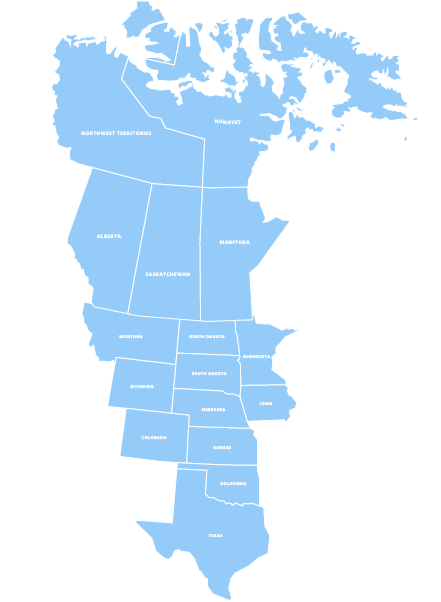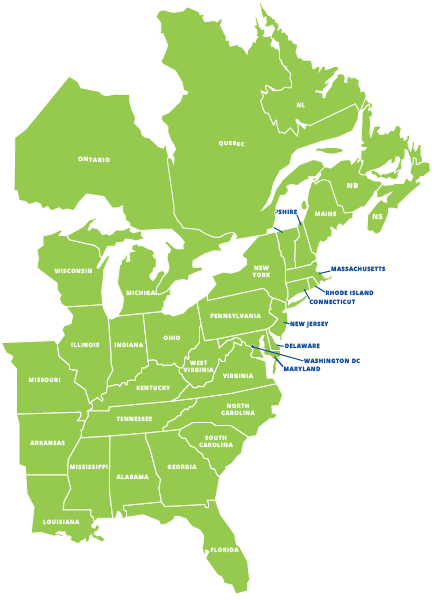Whether you’re building a new veterinary hospital, expanding your grooming salon, or retrofitting an animal shelter, the layout of your facility plays a critical role in how smoothly your operation runs. From patient care and staff workflow to client satisfaction, every decision about your physical space either enhances or hinders your daily efficiency.
A thoughtfully designed layout isn’t about looking pretty—it’s about creating a safer, calmer, and more productive environment for your team, your patients, and the pet parents who trust you.
1. Design for Flow: Make Every Step Count
Before you even think about finishes or fixtures, take a close look at how people, animals, and equipment move through your space. A well-optimized layout reduces stress, improves care delivery, and saves your staff time and energy.
Ask yourself:
- How does a client move from check-in to exam to checkout?
- Can staff access treatment, surgical prep, and laundry areas quickly?
- Are isolation zones clearly separated to reduce disease transmission?
One efficient layout strategy is zoning: grouping similar functions (exam rooms, treatment bays, kennels) together to reduce unnecessary movement. Place high-traffic areas—like triage, pharmacy, and radiology—centrally, so staff can access them without backtracking. Creating clear, unidirectional flow helps minimize cross-contamination and chaos during peak hours.
Even small improvements to layout can drastically cut down on delays, miscommunication, and patient anxiety.
2. Equip for Cleanability, Durability, and Safety
Veterinary environments are high-touch, high-mess, and high-stress. Your layout should support fast, effective cleaning while standing up to constant use.
Choose materials and products that:
- Are non-porous and easy to disinfect
- Resist scratches, rust, and corrosion
- Are slip-resistant and safe for all animal sizes
Your kennel and holding areas, for instance, should feature seamless surfaces, properly sloped drainage, and quiet-closing doors to minimize noise. Investing in quality animal shelter kennels designed for heavy use can drastically improve hygiene and reduce long-term replacement costs.
These kennels also enhance patient wellbeing—less noise, more space, and better airflow all translate to calmer animals, which can mean faster recovery times and fewer behavior issues. Durable design isn’t just about longevity—it’s about care quality.
3. Build In Flexibility with Dog Room Dividers
Every animal is different, and your space should be able to adapt accordingly. Whether you’re managing group play in a boarding wing or need to isolate a reactive patient post-op, movable, sturdy barriers give you control without sacrificing visibility.
Dog room dividers offer a versatile solution that allows you to:
- Separate dogs by size, temperament, or medical needs
- Create makeshift consultation or meet-and-greet spaces
- Reconfigure open spaces based on your daily patient load
Unlike permanent walls, these dividers can be repositioned as needed, giving your facility the agility to respond to emergencies, staff shortages, or special situations. They also help maintain cleanliness and reduce animal stress by preventing overstimulation.
In modern veterinary spaces, flexibility equals efficiency—and dog room dividers provide that flexibility without sacrificing safety or aesthetics.
4. Support Your Team with Workflow-Conscious Design
Veterinary professionals work hard. They’re on their feet for hours, juggling urgent cases, routine exams, inventory, and client communication—all in fast-paced conditions. Your facility’s layout should actively support them.
Here’s how to optimize for staff efficiency:
- Keep high-use areas close together (e.g., exam, lab, pharmacy)
- Install accessible storage where it’s needed most
- Use ergonomic equipment to reduce strain during treatments
- Offer retreat spaces for mental reset during long shifts
Even something as simple as placing frequently used tools within arm’s reach of a treatment table can save your team hundreds of steps per day. When your facility design removes unnecessary movement or barriers, your team can focus on what matters—patient care.
Don’t overlook team wellbeing: a thoughtful, organized space helps prevent burnout and improves morale.
5. Make the Experience Seamless for Clients and Pets
While workflow is a top priority, don’t forget the client-facing side of your practice. The layout should feel intuitive and welcoming—especially to stressed-out pet parents.
Key client-focused layout features:
- A clear, separate entrance and exit to reduce congestion
- Dog and cat waiting areas to minimize stress
- Short, direct paths from reception to exam rooms
- Visibility into treatment or grooming areas (when appropriate)
Today’s pet owners expect transparency, comfort, and efficiency. Your layout should reassure them that their pets are in good hands—starting with their first steps through the door.
Optimizing this part of your space not only builds trust, but also encourages return visits, referrals, and positive reviews. In short, a better layout means better business.
Let’s Build Something Better—Together
Optimizing your facility layout isn’t just about square footage or sleek finishes. It’s about creating an environment where pets feel safe, teams work smarter, and clients feel confident.
At Direct Animal, our pet care experts design and manufacture durable and easy-to-clean dog kennels, cat condos, and other state-of-the-art equipment made to last the life of your business—whether you’re a vet, luxury boarding facility, animal shelter, or doggy daycare. Rely on us for animal care equipment that is ergonomic, hygienic, and affordable.
Whether you’re refreshing a single room or planning an entire build, our team is here to help you create a space that works as hard as you do.




